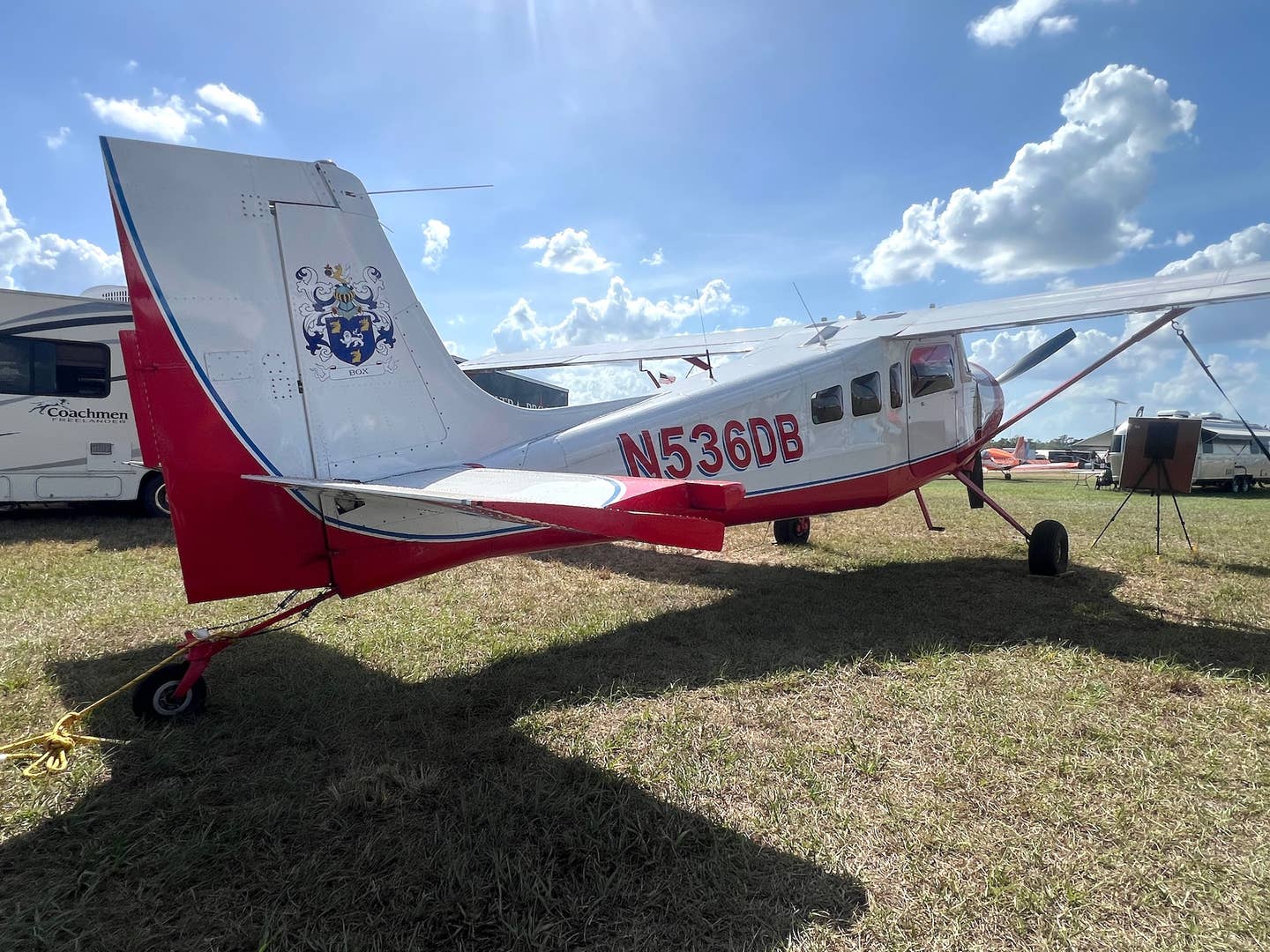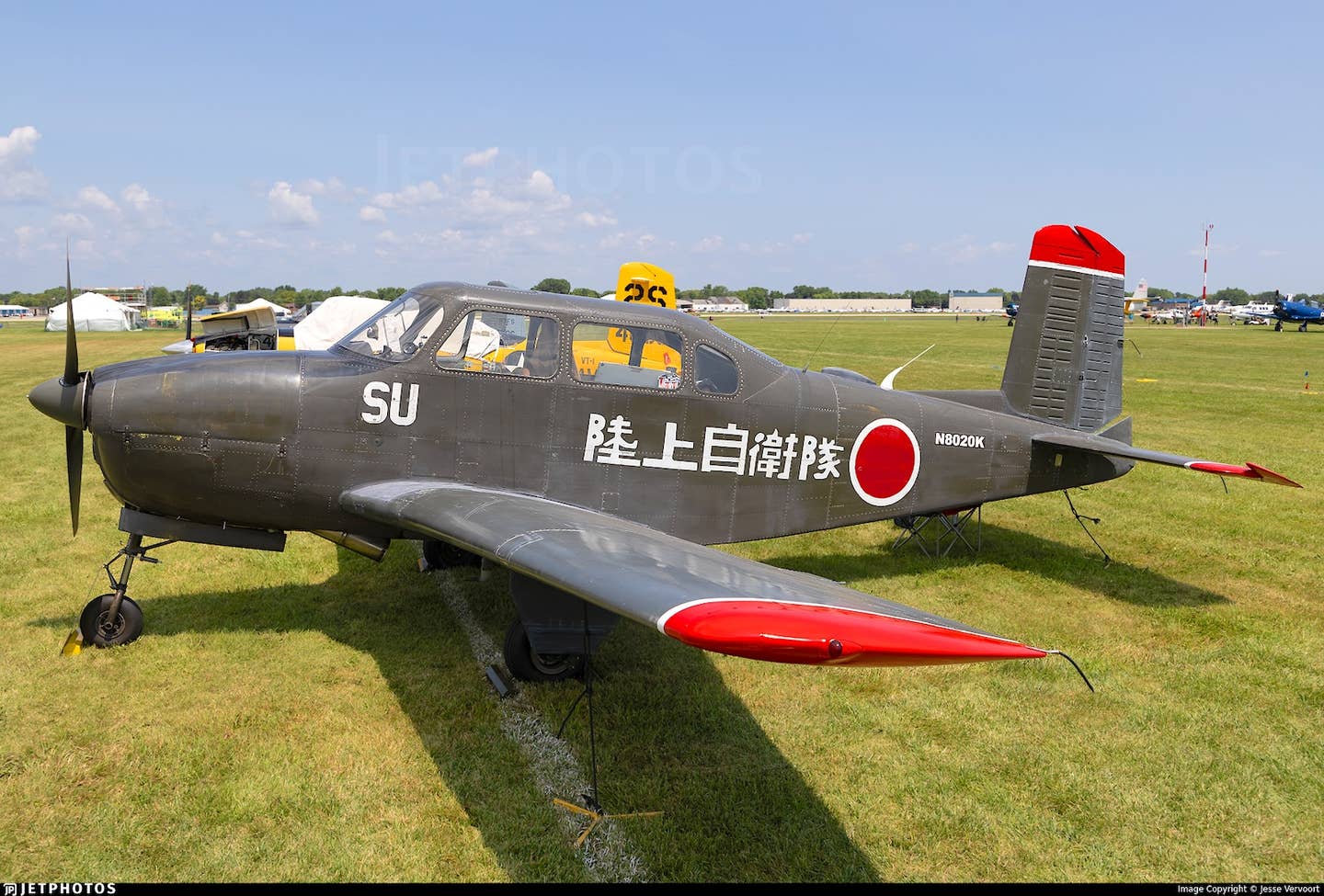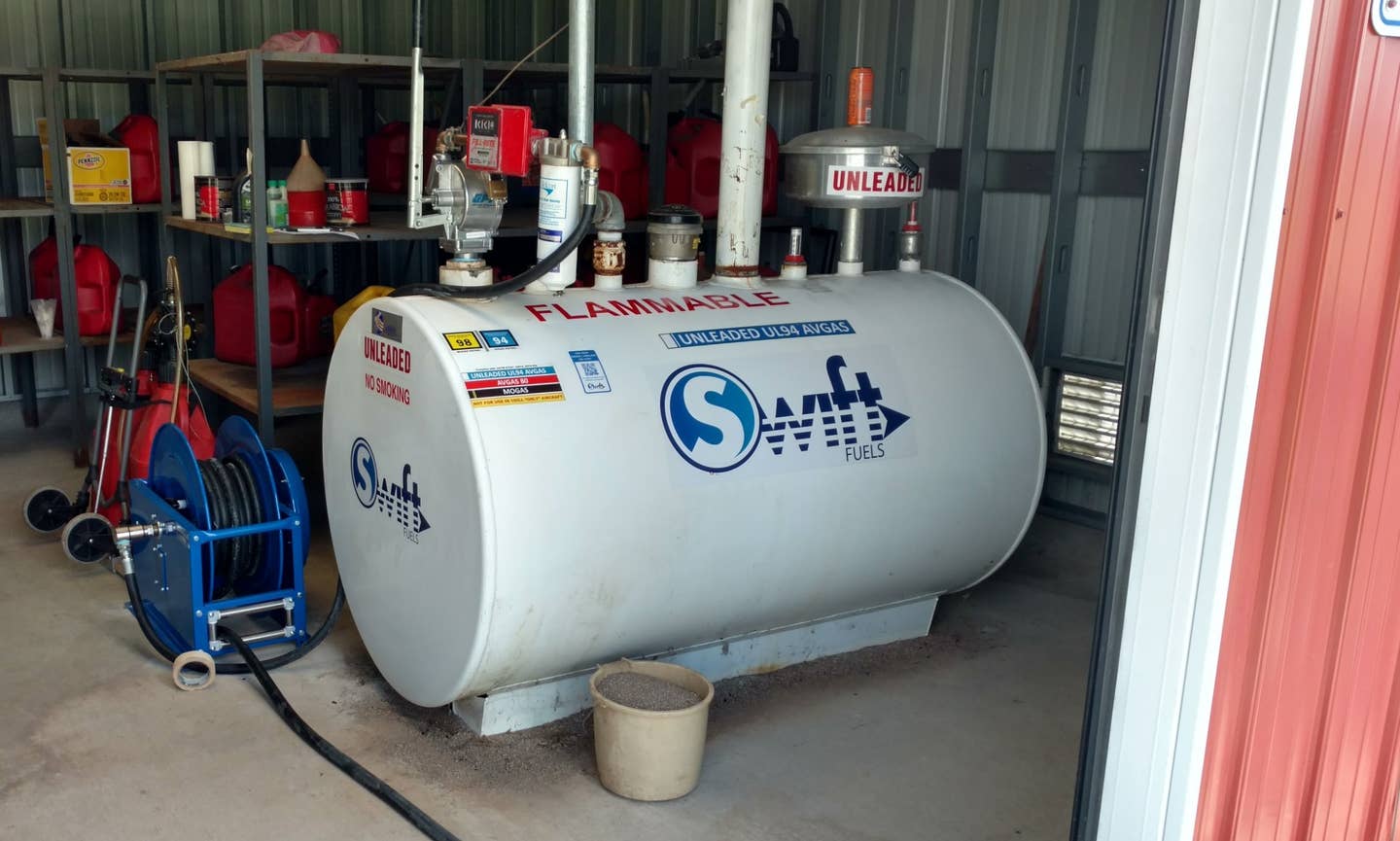Pipistrel Four-Seater: Efficiency And Speed
In a conversation at Oshkosh Friday, Pipistrel confirmed to AVweb that we should expect their coming hybrid-driven four-seater to cruise at 200 KTAS, while burning less than 10 gallons per hour. And we should expect to see it unveiled before July 2011. Discussion of the aircraft’s powerplant suggest something like a Lycoming four-cylinder around 200 hp, but “will presented by Pipistrel with an electric motor system.” We’ve seen images of the official low-wing T-tailed design. Along with a high-aspect-ratio wing that’s tapered from the back, it’s what we’d comfortably call next-generation Pipistrel. “Every line serves a function,” a Pipistrel engineer told us, “whether to reduce wind noise in the cockpit, or for pressure recovery. There is no form on the aircraft that is not shaped for maximum efficiency.” That means advanced composites and compound curves. While weight restraint flows right down into the titanium landing gear, it doesn’t appear Pipistrel plans to cut corners on creature comforts.
In a conversation at Oshkosh Friday, Pipistrel confirmed to AVweb that we should expect their coming hybrid-driven four-seater to cruise at 200 KTAS, while burning less than 10 gallons per hour. And we should expect to see it unveiled before July 2011. Discussion of the aircraft's powerplant suggest something like a Lycoming four-cylinder around 200 hp, but "will presented by Pipistrel with an electric motor system." We've seen images of the official low-wing T-tailed design. Along with a high-aspect-ratio wing that's tapered from the back, it's what we'd comfortably call next-generation Pipistrel. "Every line serves a function," a Pipistrel engineer told us, "whether to reduce wind noise in the cockpit, or for pressure recovery. There is no form on the aircraft that is not shaped for maximum efficiency." That means advanced composites and compound curves. While weight restraint flows right down into the titanium landing gear, it doesn't appear Pipistrel plans to cut corners on creature comforts.
The company is holding our tongue on specifics, but expect the aircraft to leverage efficiency through design in all facets of its composition and ergonomics. When all is said and done, it seems the four-seater's specifications may land it firmly in top-end Cirrus and Corvalis territory, though likely at lower altitudes and at close to half the fuel burn. We'll see how that translates into reality, but the company has a strong record when it comes to efficiency. Pipistrel's Virus SW100 can already carry two occupants at 147 knots on 100 hp and less than five gallons per hour when fitted with an adjustable prop. But that configuration is only available to the U.S. market by way of the experimental category. The company's modeling says the four-seater should need 160 available horsepower to achieve 200 knots, and that the real-world result of that equation should be certified and on sale perhaps as early as late 2013. The company has not yet talked about pricing.






